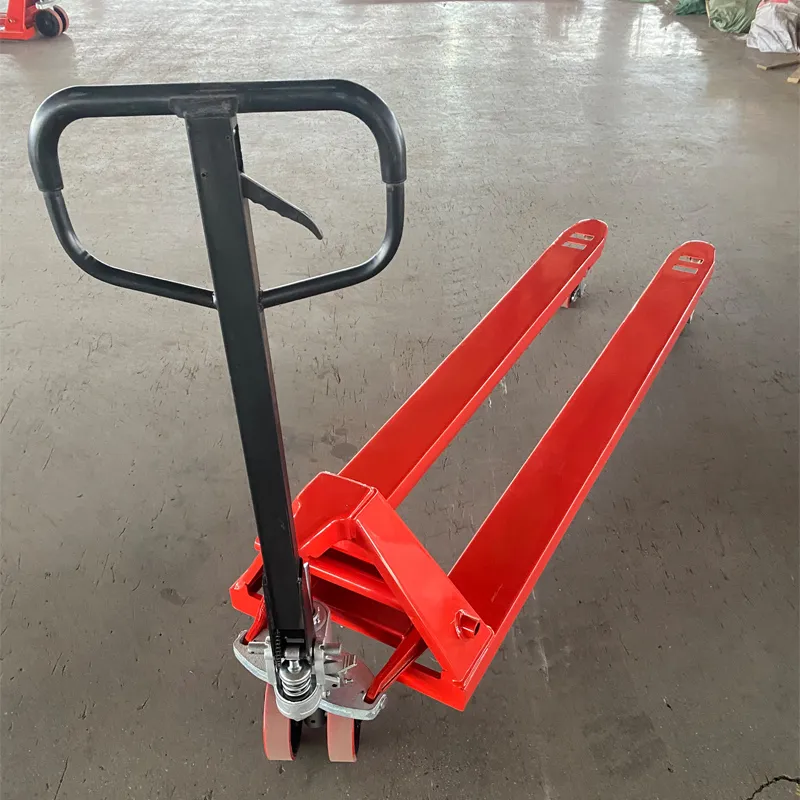


Understanding Fall Protection Types
In various industries, particularly construction and maintenance, fall protection is a crucial component of workplace safety. Falls are among the leading causes of serious work-related injuries and fatalities. Therefore, understanding the different types of fall protection is essential for employers, safety professionals, and workers. This article will explore the various fall protection types, their applications, and their importance in ensuring safety.
1. Personal Fall Arrest Systems (PFAS)
Personal fall arrest systems are designed to stop a person from falling or to arrest them if a fall occurs. The primary components of a PFAS include a full-body harness, a lanyard, and an anchorage point. Workers wear a harness that is secured to an anchorage point via a lanyard. Should a fall occur, the system will arrest the fall, minimizing the risk of injury. PFAS are typically used in scenarios such as roof work, scaffolding, or any task where workers are exposed to heights.
Guardrail systems are physical barriers erected around the edges of elevated work surfaces. They are designed to prevent workers from falling off the edge, making them a popular choice in construction sites, rooftops, and other high-risk areas. A properly installed guardrail system consists of top rails, mid rails, and posts, which collectively keep workers safe without the need for personal protective equipment. This type of fall protection is especially effective when it comes to preventing falls without requiring constant attention from workers.
3. Safety Nets

Safety nets are installed below work areas to catch workers in the event of a fall. They are particularly useful in construction projects where workers may be exposed to significant heights. Safety nets must be adequately tested and installed according to specific guidelines to ensure they provide the necessary protection. The installation of safety nets can reduce fall risks significantly and provide additional safety measures for workers on elevated platforms.
4. Positioning Device Systems
Positioning device systems allow workers to be supported securely while having their hands free to work. These systems consist of a body harness and a lanyard that secures the worker to an anchorage point. While they do not provide fall arrest on their own, when used correctly with fall arrest systems, they enable workers to maintain a safe and stable position while performing tasks at height. This type of fall protection is often seen in telecommunications, maintenance, and window washing operations.
5. Warning Line Systems
Warning line systems are ropes or wires that are erected around an area to warn workers that they are getting too close to an unprotected edge. They are typically used in conjunction with other types of fall protection systems. Warning lines are an effective means of reminding workers to maintain safe distances from edges and openings in a job site.
Conclusion
In summary, fall protection is a vital aspect of workplace safety that can save lives and prevent injuries. Understanding the various types of fall protection—personal fall arrest systems, guardrail systems, safety nets, positioning device systems, and warning line systems—is essential for creating a safe working environment. Employers must assess their specific risks and implement the appropriate fall protection measures to ensure the safety of their workers. Investing in proper fall protection tools and training is not just a legal obligation but also a commitment to fostering a culture of safety at work. Implementing these preventive measures can significantly reduce the risk of falls and ensure a safer workplace for everyone.



